M3 “Lee”
American medium tank during World War II. It was named after the military leader of the American Civil War, General R. E. Lee. This tank is considered multi-turreted, but it is not. The modified model with a new turret and an improved radio communication system received the verbal name M3 “Grant” (Eng. M3 Grant), in honor of another general – W. S. Grant](Lee and Grant commanded opposing armies during the Civil War.) Both names for tanks in honor of American military leaders during the Civil War were invented by the British (they themselves applied the Mk I index to the tanks they received), – before the appearance of names for the M3 and its modification in the US Army, there was no tradition of assigning personal names to serial models of tanks and armored vehicles in In general, after “Stuart”, “Lee”, “Grant”, this practice came into use and the tradition of naming armored vehicles after military leaders of the second half of the 19th – first half of the 20th century exists in the US Army to this day.
The M3 was created in 1940 on the basis of the unsuccessful M2 tank and was mass-produced from June 1941 to August 1942 (the modified third and fifth models were produced in a limited batch until December of that year). A total of 6258 M3s were produced in various versions. About 2/3 of the M3s produced were transferred to other countries, almost exclusively to Great Britain and the USSR, under the Lend-Lease program. In addition, until the availability of the more advanced M4 Sherman medium tank in sufficient quantities, the M3 was the main battle tank of the US Armed Forces.(although the term “main” itself was not yet used in relation to tanks). Although they were replaced after the introduction of the Shermans, the British continued to use the M3 in combat against the Japanese in Southeast Asia until 1945.
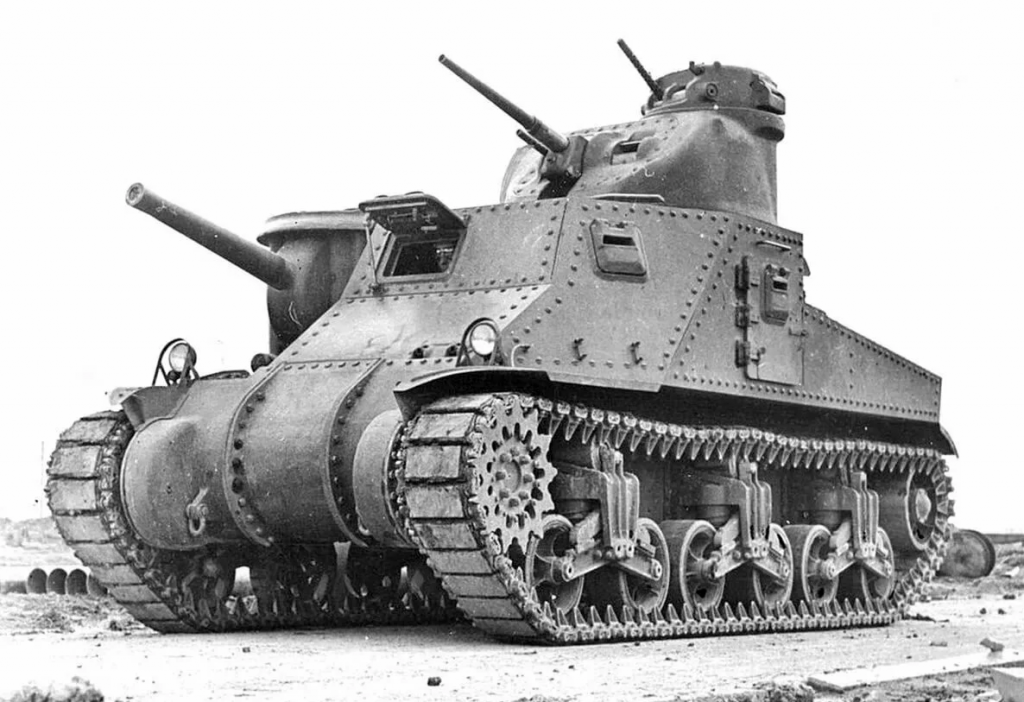
Combat use
North African campaign
The M3 was first used in May 1942 by British troops in North Africa. Due to relatively good armor and high artillery power, they, despite all their shortcomings, were practically the only type of tank with which the British could fight German tanks on equal terms. In July-August 1942, near El Alamein, they were even called “the last Egyptian hope.” Due to the fact that the production of heavy tanks in the United States was not established during the war years, before being replaced by more advanced Shermans in the troops, the M3 medium tank was used by the combined Anglo-American forces as the main battle tank.
However, by the end of 1942, when a large number of PzKpfw IV tanks, as well as the latest PzKpfw VI “Tiger”, entered the German troops, the relative combat value of the M3 decreased. By 1944 it had been almost universally replaced in units by the Sherman, but a small number of M3s were used in 1944 in Southeast Asia, where it had no worthy opponents. In addition, this tank was used by the USMC as the main tank in the island campaigns in the Pacific against the Japanese garrisons stationed there.
.
Eastern front
According to the GBTU, 945 M3Sr were officially enlisted in the Red Army. In fact, there were 12 more cars. This was due to the fact that in 1942, not far from the Soviet coast, a damaged transport with American cars sank. In 1943, 13 tanks were raised, of which 12 were restored. They ended up in the 429th separate tank battalion. Thus, the total number of M3 tanks that fell into the Red Army reached 957 units, although only 945 vehicles appear in the GBTU reports.*
Deliveries of the M3 to the USSR began in the spring of 1942, mainly through Murmansk, but some came through Iran. On the Eastern Front, the Lee tanks appeared by May 1942 and first saw action during the Red Army’s May offensive against the Barvenkovsky bridgehead. They also managed to take part in the battles in the North Caucasus in 1942-1943, in the offensives near Vyazma and Rzhev, as well as in the Battle of Kursk. However, the first experiences of their combat operation did not cause much enthusiasm. The M3 had comfortable conditions for the crew, large side doors in the hull, which made it easy to evacuate crew members from a padded vehicle. The tank had rather powerful armament, comparable to the T-34, but its location and the sponson layout of the tank itself were more suitable for self-propelled guns than for a medium tank, which is designed to solve other problems.
Things were not the best with maneuverability, cross-country ability and concealment. “Lee” had a very mediocre speed, and for firing at the enemy, the tank, due to the location of its main gun and its limited angle, had to be deployed, which was almost impossible with the tracks damaged in battle, especially rubber-metal ones. Additional 37 mm gun in the turret was already ineffective in the fight against German medium tanks, especially with their new modifications with reinforced armor. Soviet crews revealed poor patency, high viscosity in the sand, high demands on maintenance and high-quality fuel. The high silhouette of the tank made it extremely difficult to disguise it, and the armor also did not save, especially after the appearance of more powerful tank and anti-tank guns in 1942 by the Germans. The M3 “Lee” tank was not particularly popular with Soviet crews and even received the nickname “mass grave of seven.” A traditional shortcoming of all American tanks of the initial period of World War II, including the M3, was their propulsion system. The main volume of complaints that the M3 caused among ordinary tankers (“voracity” in fuel consumption and fire hazard).
The Allies were also aware of all the shortcomings of the Lee tank, and therefore in 1942 its production was curtailed in favor of the more successful Sherman tank, which was produced until the end of the war. Despite all the above shortcomings, the Lee tanks played a certain role, temporarily making up for the losses of the allied (in the North African theater of operations) and Soviet armored forces, “plugging holes” in the supply of armored units and allowing them to survive in anticipation of more advanced equipment. Finally, self- propelled guns and other specialized vehicles were also produced in large numbers on the M3 chassis.
Reviews and Evaluation
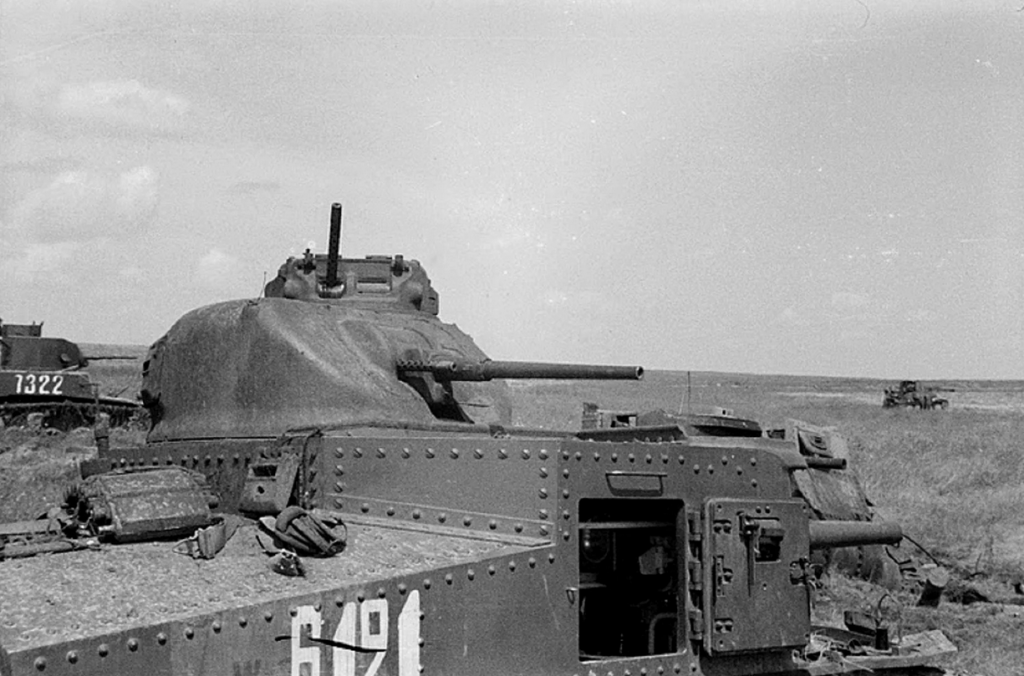
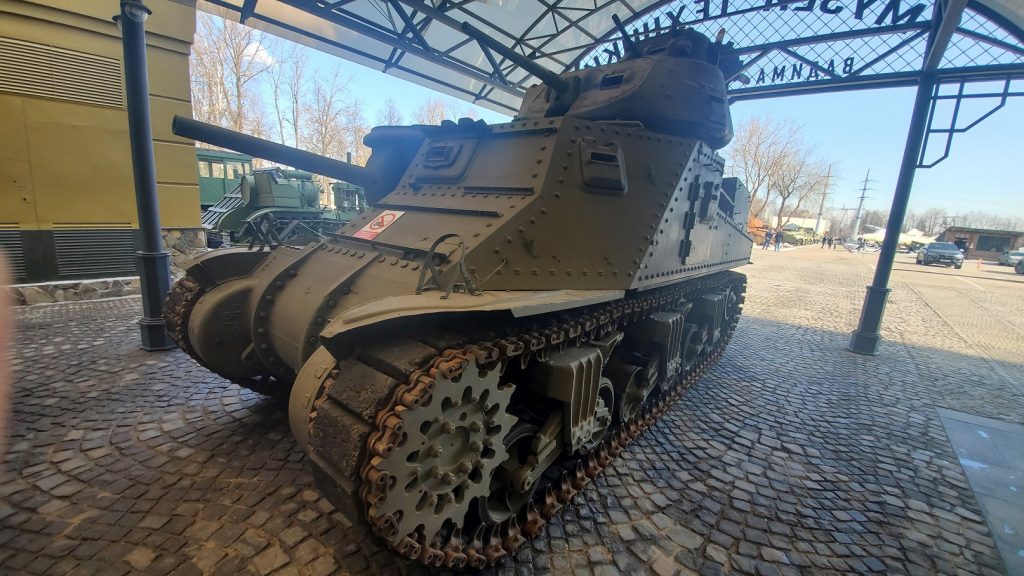
Despite some shortcomings, the M3 tanks were highly appreciated by the commanders of the allied forces, – Commander-in-Chief of the combined Anglo-American forces, Field Marshal Bernard Montgomery, on the experience of the combat use of the M3 Grant tanks by the armored units of the 8th Army in the North African theater of operations, noted that the weapons of the Grants “allowed to effectively fight the German Panzerwaffe. He also stated that the “Grants” were: “An invincible stronghold in those days in Egypt, when military success accompanied the opposite side,” and attributed to the “Grants” and “Shermans” a strategic victory during the battle of El Alamein. In general, opinions on the tank vary and assessments differ depending on the conditions of a particular theater of operations and the opposing enemy forces and means – when overcoming an echeloned coastal defensive strip during a naval landing operation in the Western European theater of operations, saturated with coastal artillery and anti-tank weapons, the allies encountered with much more superior firepower of the enemy in terms of their total firepower and met resistance from his side much more decisive than in North Africa and Italy.
Soviet Union
In the Red Army, the operation of tanks that received the official GABTU M3s index (“Em three medium”) was largely improvised character, since, firstly, for the full-scale commissioning of M3s tanks, they would need to be delivered in much larger quantities than was actually received under the Lend-Lease program, and secondly, it would be necessary to develop new organizational and staffing structures for units equipped with new tanks, thirdly, the development of new training programs for tankers, taking into account the experience of military operation of new tanks (which at the time of the start of deliveries did not yet exist due to their development abroad), fourthly, the development of our own regulatory and technical documentation (manuals and manuals) for the operation and maintenance of these tanks, taking into account the existing material and technical base (it was not enough to translate the original technical documentation into Russian,it was also required to have a repair and technical service similar to that in the US Armed Forces, to equip this service with all the equipment and technology used by their American colleagues, to translate in general all related documentation – production, operational, repair – and technical office work withAnglo-American to the metric system of measures, which would require many months, or even years), fifthly, the recalculation of all standardized combined arms movement standards for military units and formations, taking into account the tactical and technical characteristics of new tanks (time to march and deploy in order of battle, the pace of movement of units with and without combat, the time to cross and force water barriers, and many others), and finally, sixthly, the restructuring of the country’s production base for the production of units and assemblies, spare parts and parts for new tanks, with the replacement of production equipment with a new one, corresponding in terms of its overall technical characteristics and other technological parameters used by American manufacturers, readjustment and recalibration of machines and tools where this can be done without a complete replacement of the production base.
The experience of operating tanks by the mechanized and armored units of the Red Army caused sharply negative feedback from the Soviet military, which was due to the presence in the arsenal of the Red Army of more advanced and superior to the M3 in terms of its firepower and combat effectiveness in general, models of tanks of the heavy weight category, while in the US armies, Britain and their allies did not have anything like this for a very long time (for the simple reason that until the summer of 1944, that is, before the opening of the second front in Western Europe, they did not really need such tanks, since their military operations were mainly way, expeditionary character, which was reflected in the structure of troops, weapons and military equipment, and the practice of their combat use). In addition, the disclosure of the combat potential of the M3 tanks in service with the Red Army was completely hampered by the fact that the tanks entered the troops with practically no accompanying documentation and without qualified representatives of the supplier party capable of explaining the purpose and operational characteristics of certain parts, which greatly complicated familiarization with the equipment of end users in the USSR, who had to master the received armored vehicles by trial and error, which in war conditions was extremely difficult and undesirable. To overcome this problem, firstly, tank commanders in accordance with the NPO Order No. 0400 of October 9, 1941, officers were appointed – junior lieutenants and lieutenants or experienced senior officers (of course, not all formations had the required number of unemployed middle command personnel who could be involved in the performance of the functions of commanders tanks), and secondly, the commanders of the army formations, which received the M3s, tried to either use them in the second echelon advancing troops, or on secondary directions of strikes, where it was previously reliably established by intelligence that the absence of German and the presence of Hungarian, Italian, Romanian, Croatian, Slovak and other auxiliary troops (which, as the Soviet troops accumulated combat experience and reached a radical turning point in the war, were no longer considered command of the Red Army as a serious enemy), or as self-propelled artillery or auxiliary means of fire support infantry, or not to use them at all for their intended purpose, if it was possible (similar methods of distributing available combat equipment were resorted to by representatives of the British command on the islands, who, after the start of deliveries of M4 tanks, used M3 converted with special searchlights (modification with the M10 index) to patrol the coastline against a possible landing of German troops).
Among the advantages of the tank, it was noted: the main armament acceptable in terms of power, a spacious fighting compartment and good mobility on paved roads (which practically did not exist in the front line even before the war in comparison with the extensive road and motorway network of Central and Western Europe). Among the disadvantages: large dimensions, which provided a good overview of the tank by the enemy, its timely detection and unmistakable identification regardless of the angle of view (according to the characteristic silhouette) at a great distance, which turned the tank into a convenient target for German anti-tank artillery, high consumption of scarce high-octane aviation fuel with mediocre running qualities, high fire hazard of a carburetor aircraft engine and the risk of igniting a tank even from the slightest spark, low off-road patency and even shallow snow (largely due to rubber-coated tracked tracks, but not only), sluggishness, poor armor, especially against anti-tank weapons available to the enemy, high probability of death of the entire crew in the event of a tank fire inside or outside, respectively, low overall survivability of tanks and their crews. Among the numerous reviews, one can cite the memoirs of A. V. Kazaryan and A. T. Stuchenkowho personally fought on these tanks – both of these front-line soldiers describe the combat qualities of the tank in almost identical terms. The tank received the derogatory nicknames of ordinary Soviet tankmen, it was called “odoroblom”, “kalanche”, they used the adjectives “two-story” and “three-story” in relation to it, assigned ironic indices: VG-7 (“certain death of seven”), BM-7 (“common grave for seven”), etc.
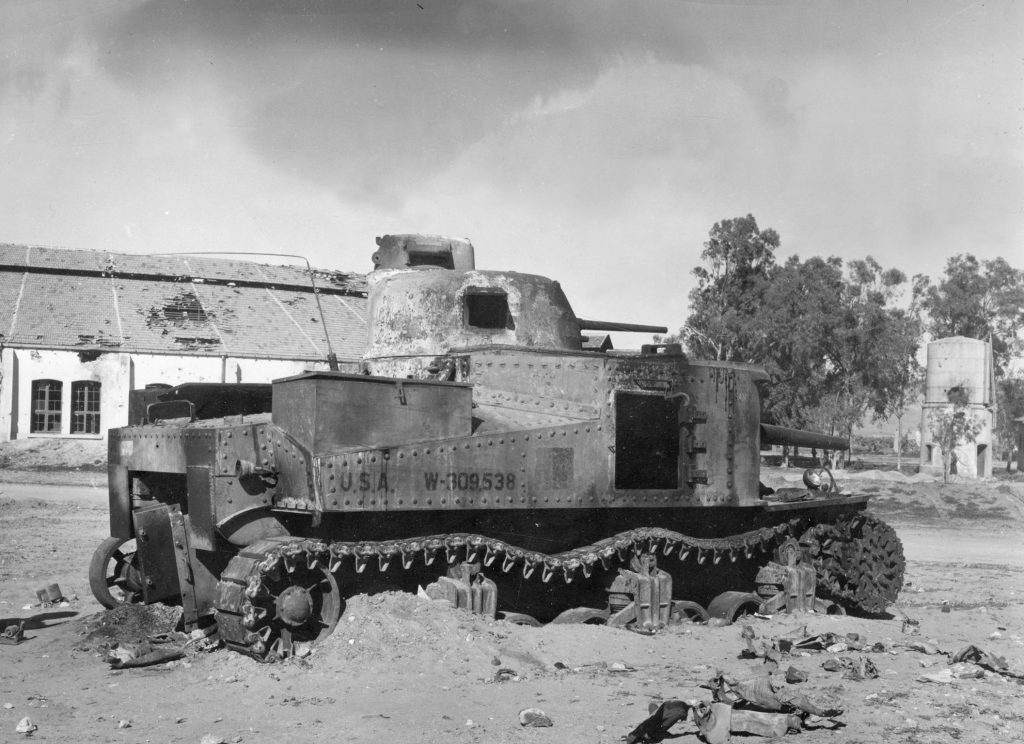
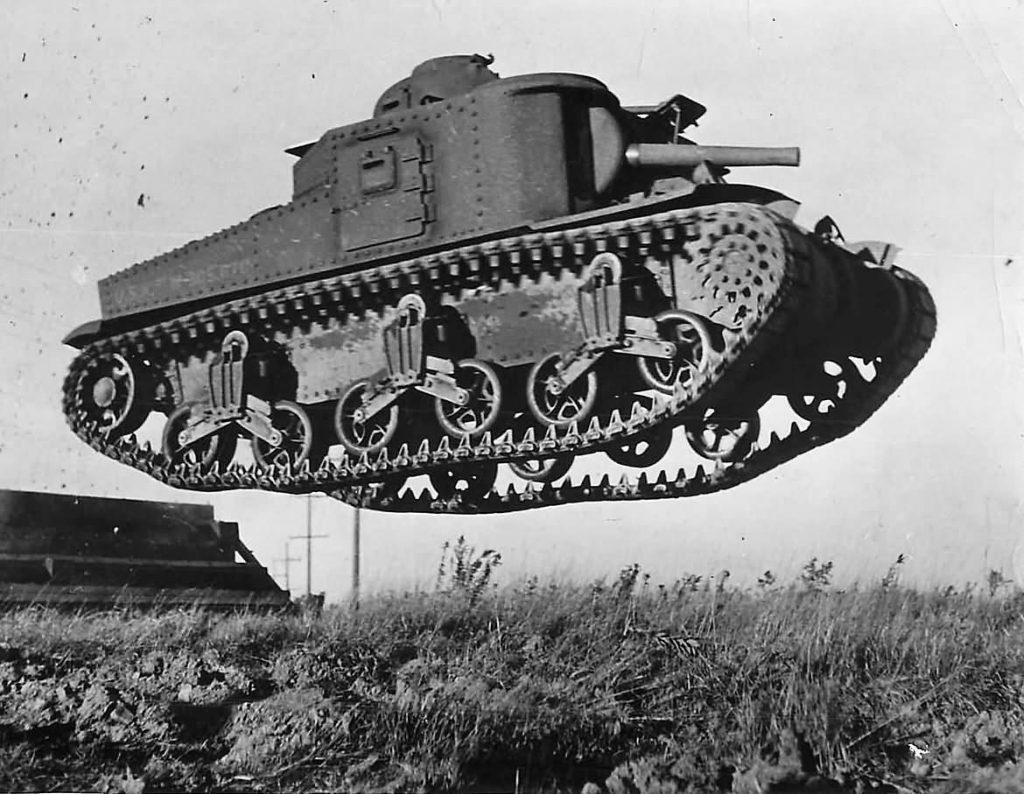


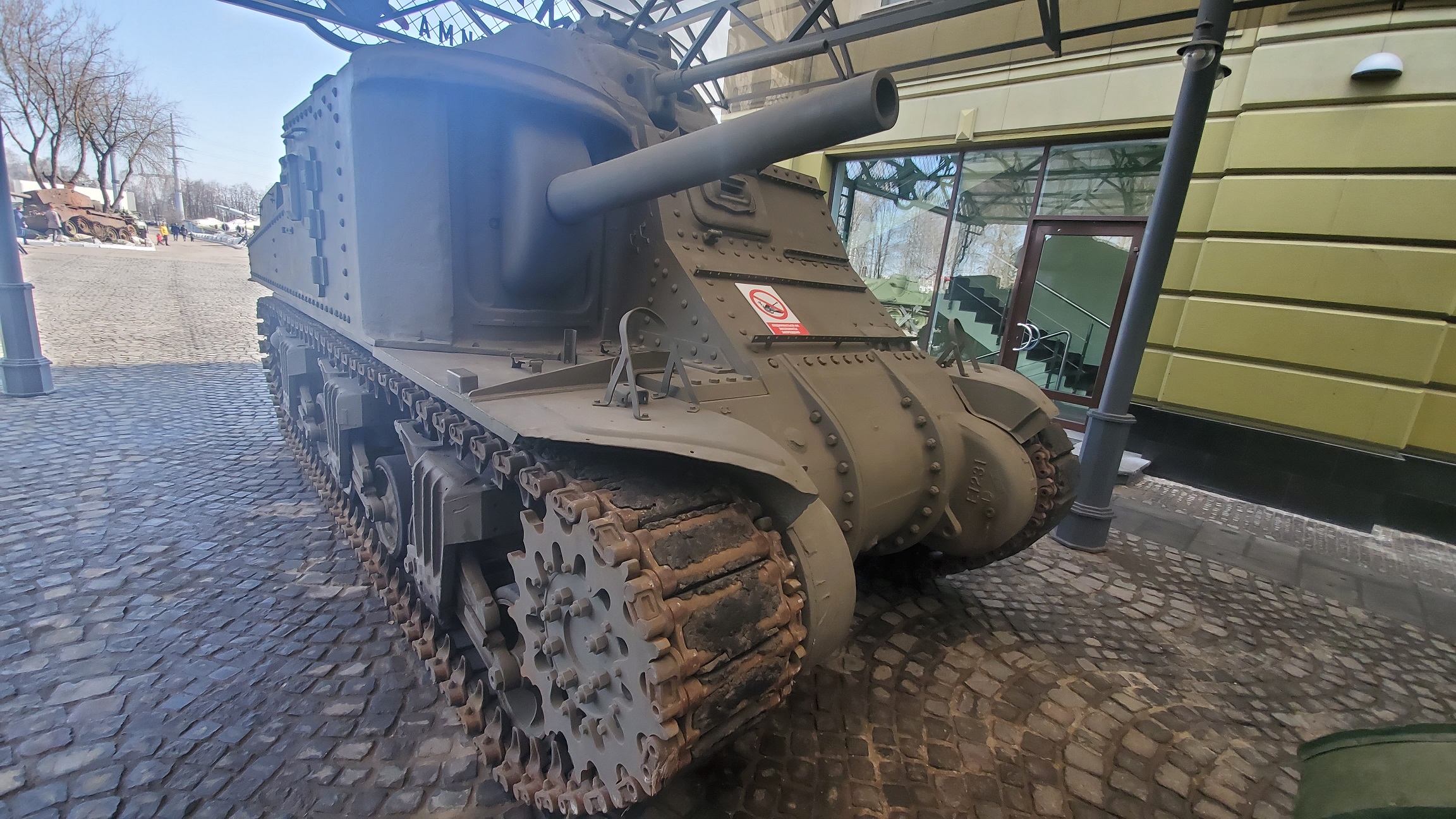












Pingback: FlaK 88mm, 18/36/37 Anti-Aircraft Gun - Real History Online